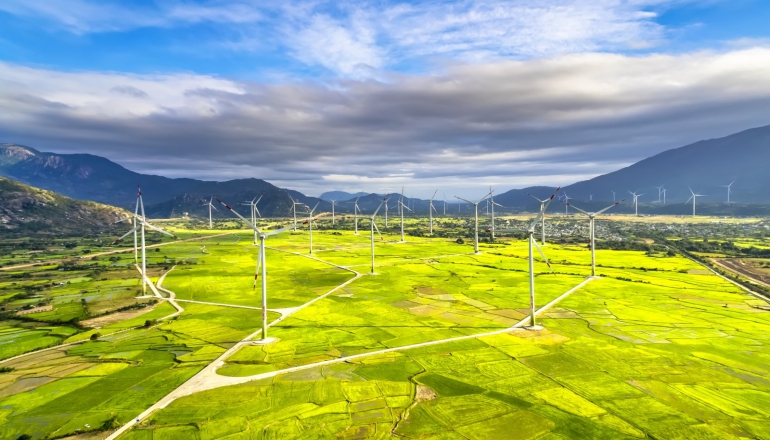Key Takeaways
- Vietnam aims for renewable energy to comprise 25-30% of its total supply by 2030, as outlined in a new government resolution.
- To promote the energy market, Vietnam will implement direct power purchase agreements (DPPA) and a two-part tariff system for electricity pricing.
- The nation’s long-term goal is to establish itself as one of the top three ASEAN countries in electricity reliability and coverage by 2045.
Vietnam’s Energy Ambitions: A Five-Year Plan
Vietnam is intensifying its energy agenda, guided by a new resolution from the Communist Party’s Politburo, which emphasizes energy as a catalyst for economic growth. Signed by Party General Secretary To Lam on August 20, Resolution No. 70-NQ/TW outlines a five-year roadmap aimed at expanding installed generation capacity and boosting renewable energy to over 25% of the total energy mix by 2030.
The plan sets specific targets: an enhancement of unprocessed primary energy supply to between 150 million and 170 million tons of oil equivalent. Installed capacity is expected to increase to between 183 GW and 236 GW, with overall energy generation reaching between 560 billion and 624 billion kWh. Alongside renewables, the development of nuclear energy is also included in the strategy, supporting the overall goal of reducing carbon emissions by 15-35% compared to current statistics.
A core aspect of the resolution is improving the efficiency of Vietnam’s power systems, aspiring for a top-three ranking in electricity reliability and access within ASEAN. By 2045, the aim is to establish a modern, competitive energy industry that integrates with both regional and global markets.
New Pricing Mechanisms to Foster Competition
To bolster market competition, the Politburo has directed authorities to broaden retail power options and execute direct power purchase agreements (DPPA) nationwide. Vietnam Electricity (EVN) has reported that around 7,700 customers, accounting for 40% of total consumption, are eligible for these direct purchase agreements.
At a recent meeting, EVN CEO Nguyen Anh Tuan discussed plans for revised pricing mechanisms, including a two-part electricity tariff. This system will differentiate between fixed charges based on registered capacity and variable charges based on actual consumption, helping to minimize cross-subsidies among different customer groups. Currently, Vietnam uses a single tariff system that does not reflect true generation costs.
The Ministry of Industry and Trade is in the process of drafting regulations for the phased introduction of this two-part tariff, which is expected to start in early 2026 with large DPPA customers and expand across the nation by 2027. Former Deputy Director of the Energy Institute, Ngo Duc Lam, emphasized that implementing these tariffs is vital for establishing a competitive power market.
The content above is a summary. For more details, see the source article.















